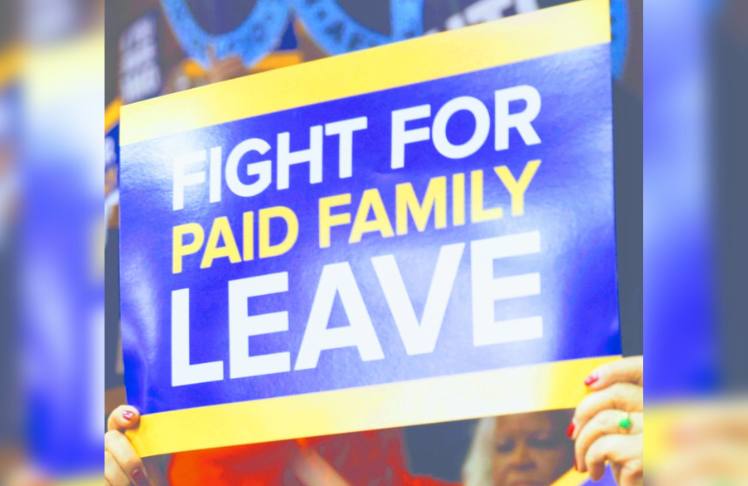
It is finally here. It has been debated and much talked about. Oregon’s new paid leave program to effect on the first day of the year. There is some information that Oregonians will need to know. For instance, most workers will be able to take up to 12 weeks of paid leave annually through the program, although some may be eligible for up to 14 weeks of paid leave.
Starting right on Jan. 1, workers will pay 0.6% of their gross wages every paycheck. Big employers will also contribute an additional 0.4% to fund the program. For the first eight months of 2023, the state will use that money to build up a fund that it will tap starting in September to pay benefits to workers.
This is not for all employers. Employers with fewer than 25 employees will not be required to pay into the program. However, there are benefits for those small companies that do. They can choose to pay into it if they wish to access grants to cover costs such as overtime or a temporary replacement worker. Those small employers will still need to collect and remit contributions from employees even if they decline to pay into the program themselves.
Oregon is not alone. It is set to join 10 other states and Washington D.C. in offering some sort of paid leave program. The paid leave program will cover leave for the birth or adoption of a child, for serious illness or injury, for taking care of a seriously ill family member and for survivors of domestic violence, sexual assault, stalking or harassment, according to the state.
Oregonians asked questions about the program and received back expert information:
Who will be covered by Oregon’s paid leave program? Will temporary and part-time employees be covered? An employee who made at least $1,000 the year before applying for paid leave, and qualifies for benefits, may be eligible for the paid leave program. This includes temporary, part-time, and seasonal employees, as well as people who work for more than one employer.
What if a worker has mostly retired and is receiving a pension or Social Security but still works part-time? If a worker is mostly retired, but works part-time and makes at least $1,000 per year, the worker is required to contribute to the program.”
Do employees get paid 100% of their salary when they’re on leave? Do all workers, regardless of income, get the same percentage of their salary covered? The amount an employee gets paid while on leave will depend on how much the employee has earned. Lower-wage earners will receive 100% of their paycheck, while higher-wage earners will receive a portion.
Do the 12 weeks of paid leave have to be used consecutively or can they be broken up? Leave can be taken consecutively or intermittently, in days, for a qualifying condition. Someone who has ongoing chemotherapy treatments may need a few days per month for their treatments. Leave has to be taken for an entire workday though, not by hour or minute.
Will it be possible for that worker to claim retroactive leave payments after September? Employees can take paid leave for the first year of a child’s life. An employee who gave birth in April 2023 can’t take retroactive leave; however, beginning in September 2023 they could still apply to take up to 12 weeks of paid leave off work to bond with their child until April 2024.
What if a worker’s employer already offers more than 12 weeks of parental leave? Would that employee and employer still have to pay into Oregon’s paid leave program? An employer that already offers paid leave to their employees that is equal to or greater than the leave benefits of the paid leave program can apply for an equivalent plan. The equivalent plan must offer paid leave for at least 12 weeks of family, medical and safe leave (for survivors of domestic violence, sexual assault, harassment or stalking). If the equivalent plan is approved by the Oregon Employment Department, the employer can choose to have the employee pay contributions or the employer can choose to pay the contributions on behalf of the employee.”
Do employees have any option to opt out of paying into the paid leave program?
Yeager: There is no option to opt out. To ensure benefits are available when needed, employees – regardless of the size of their employer or hours worked – do not have the option to opt out of the program based on how it was written into statute.”















